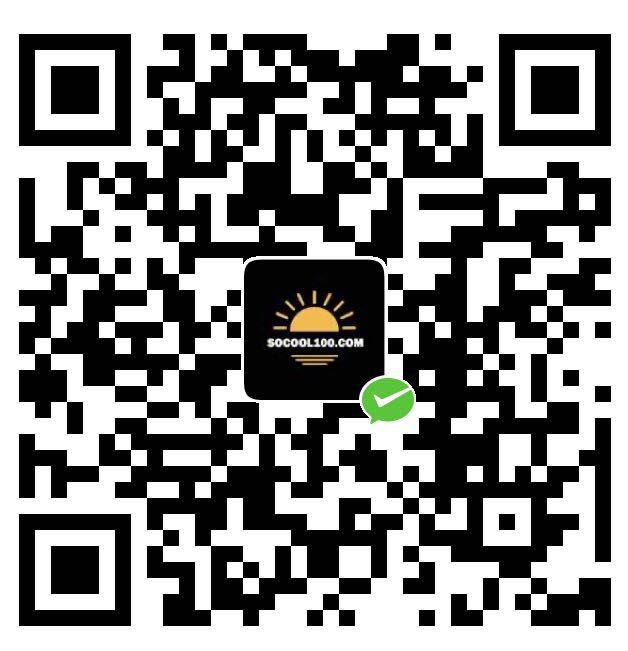雅思阅读真题+题目+答案:Theory of Mind in Children
雅思阅读真题+题目+答案:Theory of Mind in Children
A A considerable amount of research since the mid 1980s has been concerned with what has been termed children's theory of mind. This involves children's ability to understand that people can have different beliefs and representations of the world-- a capacity that is shown by four years of age. Furthermore, this ability appears to be absent in children with autism. The ability to work out that another person is thinking is clearly an important aspect of both cognitive and social development. Furthermore, one important explanation for autism is that children suffering from this condition do not have a theory of mind(TOM). Consequently, the development of children's TOM has attracted considerable attention.
B Wimmer and Perner devised a'false belief task' to address this question. They used some toys to act out the following story. Maxi left some chocolate in a blue cupboard before he went out. When he was away his mother moved the chocolate to a green cupboard. Children were asked to predict where Maxi will look for his chocolate when he returns. Most children under four years gave the incorrect answer, that Maxi will look in the green cupboard. Those over four years tended to give the correct answer, that Maxi will look in the blue cupboard. The incorrect answers indicated that the younger children did not understand that Maxi's beliefs and representations no longer matched the actual state of the world, and they failed to appreciate that Maxi will act on the basis of his beliefs rather than the way that the world is actually organised.
C A simpler version of the Maxi task was devised by Baron-Cohen to take account of criticisms that younger children may have been affected by the complexity and too much information of the story in the task described above. For example, the child is shown two dolls, Sally and Anne, who have a basket and a box, respectively. Sally also has a marble, which she places in her basket, and then leaves to take a walk. While she is out of the room, Anne takes the marble from the basket, eventually putting it in the box. Sally returns, and child is then asked where Sally will look for the marble. The child passes the task if she answers that Sally will look in the basket, where she put the marble; the child fails the task if she answers that Sally will look in the box, where the child knows the marble is hidden, even though Sally cannot know, since she did not see it hidden there. In order to pass the task, the child must be able to understand that another's mental representation of the situation is different from their own, and the child must be able to predict behavior based on that understanding. The results of research using false-belief tasks have been fairly consistent: most normally-developing children are unable to pass the tasks until around age four.
D Leslie argues that, before 18 months, children treat the world in a literal way and rarely demonstrate pretence. He also argues that it is necessary for the cognitive system to distinguish between what is pretend and what is real. If children were not able to do this, they would not be able to distinguish between imagination and reality. Leslie suggested that this pretend play becomes possible because of the presence of a de-coupler that copies primary representations to secondary representations. For example, children, when pretending a banana is a telephone, would make a secondary representation of a banana. They would manipulate this representation and they would use their stored knowledge of 'telephone'to build on this pretence.
。。。。。此处省略部分雅思阅读真题原文!
雅思阅读真题题目:
Questions 14-20
Use the information in the passage to match the people(listed A-H) with opinions or deeds below. Write the appropriate letters A-H in boxes 1-6 on your answer sheet.
NB You may use any letter more than once.
A Baron-Cohen
B Meins
C Wimmer and Perner
D Lewis
E Dunn
F Schatz
G Harris
H Leslie
14 found that children under 4 can tell difference between reality and mentality 15 conducted famous experiment and drew a conclusion that children under 4 were unable to comprehend the real state of the world.
16 found that children who get along with sisters and brothers often passed test more easily
17 revised an easier experiment rule out the possibility that children might be influ-enced by sophisticated reasoning.
18 a terminology related social factor such as emotion.
19 peer play is more important than parent' s interaction in young children.
20 Children may be more willing to act as a role in stories rather than understand other's belief.
雅思阅读真题+题目+答案:Theory of Mind in Children,完整版下载,10元有偿!

微信扫码支付 |

支付宝扫码支付 |
资料下载说明 |
|
|
